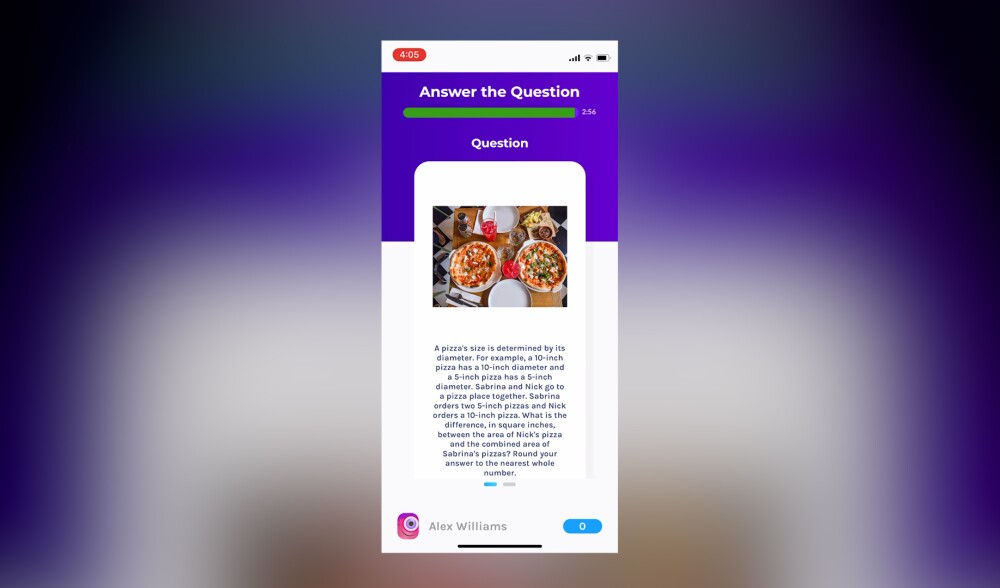We’ve all heard someone say it, “I’m just not a math person.” For many, it’s a tricky subject where “close” doesn’t cut it. After all, the answers are often binary – a student of math is either right or wrong. And it’s no fun to be wrong. Unless of course, you are playing a game of RightOn!
“Students often feel stress when math is focused on getting to the right answer as quickly as possible,” says Sinclair Wu, co-founder and CEO of RightOn! Education. “But as educators, we know that there is so much opportunity in learning from your mistakes.”
RightOn! was developed with an eye towards stemming learning loss and accelerating student learning in a new and exciting way.
For Sinclair and his team of designers, developers, curriculum experts and learning science researchers, translating this mindset into a tool for learning was a challenging equation.
First, he looked to teachers, who have long used error analysis in the classroom. “We ran a bunch of analog pilots with pens, paper and whiteboards,” he says. With positive feedback in hand, a digital alpha version of the app was created and tested with five schools.
The app itself engages students in thinking about and discussing mistakes and misconceptions, increasing self-confidence and deepening understanding of math concepts.
Deployed in the classroom on school and personal devices, RightOn! creates a simple way for math teachers to foster a positive culture of error – increasing engagement and building self-confidence while surfacing mistakes in a safe, fun environment. It destigmatizes errors and shows students how they can use mistakes to improve their understanding.
Sinclair says the app enables both teachers and students to not only understand the correct answer, but also why the wrong answers are so confusing.
“Not only do we engage students, we also address some of these learning loss challenges in a concrete and constructive way. Our tool helps teachers better diagnose student mistakes. It enables them to guide students in a more personalized way.
For a classroom app to ultimately be successful, it also needs to appeal directly to students. During the summer of 2020, Sinclair and his team co-designed features with several teens, including New York City high school student Raam Melvani.
“There are a lot of great apps out there, but most focus on speed and accuracy,” says Raam. “The smart kids who ‘get it’ race ahead, and those who need more time are left behind. It really widens the gap between students rather than bring them together. RightOn! presents material in a different way to both groups of students, challenging them to think and understand its real-world application. It shows kids that math is just like life. It doesn’t have to be black and white. There are shades of grey to every challenge.”
While quarantined at home during the pandemic, Raam also helped bring the fun to others – piloting a virtual ‘RightOn!” game show on YouTube. There, playing host, producer and studio technician, Raam engaged with other students and families from across the country to keep their skills sharp and build community during isolation.
Today, the app’s use has expanded to more than 150 schools and afterschool programs across the country. RightOn!’s growth follows a win at The Learning Engineering Tools Competition, which identifies and supports tools that can address K-12 learning loss and advance education R&D.
The competition is supported by the Walton Family Foundation, part of our ongoing effort to look for great ideas in education and support innovators with creative solutions to some of our biggest challenges.
Ulrich Boser is CEO of The Learning Agency, the organization that runs the competition. He says that rather than searching for the one silver bullet that can stem post-pandemic learning loss, we need to be looking for great ideas from across the spectrum of learning science.
Now in its third year of competition, momentum is building to find the very best ideas. “We're at close to 1,000 applications each year from different teams that range from university undergraduates to established learning platforms,” says Ulrich, “And we don't have many repeats. It's just tremendous to look across the globe and see how many people are working on these issues.”
For Sinclair, fostering a positive culture of error goes beyond improving test scores. He also sees a social emotional benefit percolating for students as they begin to see mistakes as a natural, positive part of learning.
“It’s more than just solving equations. It’s about changing the equation,” he says. “Specifically, when it comes to math and other STEM subjects, we are seeing early signs that the more students believe in themselves and their ability to improve in math, the more they can and will succeed.”
Through the launch of this app, Sinclair hopes that more students across the country will believe that they can be “math people,” shifting the narrative to a subject where it is safe to fail – and possible for everyone to improve. “I want students to know that math is about problem-solving, creativity and exploration. Whether you want to build apps, go to Mars or become the next Beyonce, math is going to help you face challenges and overcome adversity in whatever pursuit you choose.”






